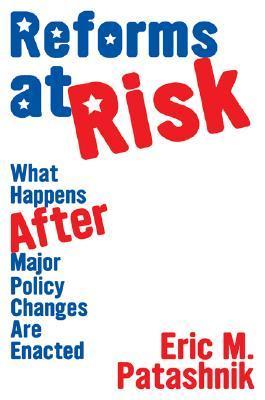What do you think?
Rate this book


256 pages, Paperback
First published January 1, 2008
The passage of a reform law is only the beginning of a political struggle. Reform enactment could indicate a sharp, permanent break with prior patterns of governmental activity. It may signal that the political climate has fundamentally changed in ways that will redound to the benefit of ordinary citizens. By itself, however, the passage of a reform act does not settle anything.